Mountain Wines: "made in Islas Canarias", this is the wine produced by the light and the volcanos
In the historic centre of San Miguel de Abona, Tenerife, Enrique Alfonso, the owner of the Altos de Trevejos winery, receives us in a house with origins that date as far back as 1790. Well worth a visit for tourists spending time in this area of the island, the property houses the family winery and is an example of traditional Canarian architecture. The splendid setting for our meeting with Alfonso is the first of several surprises we will encounter on our tour.
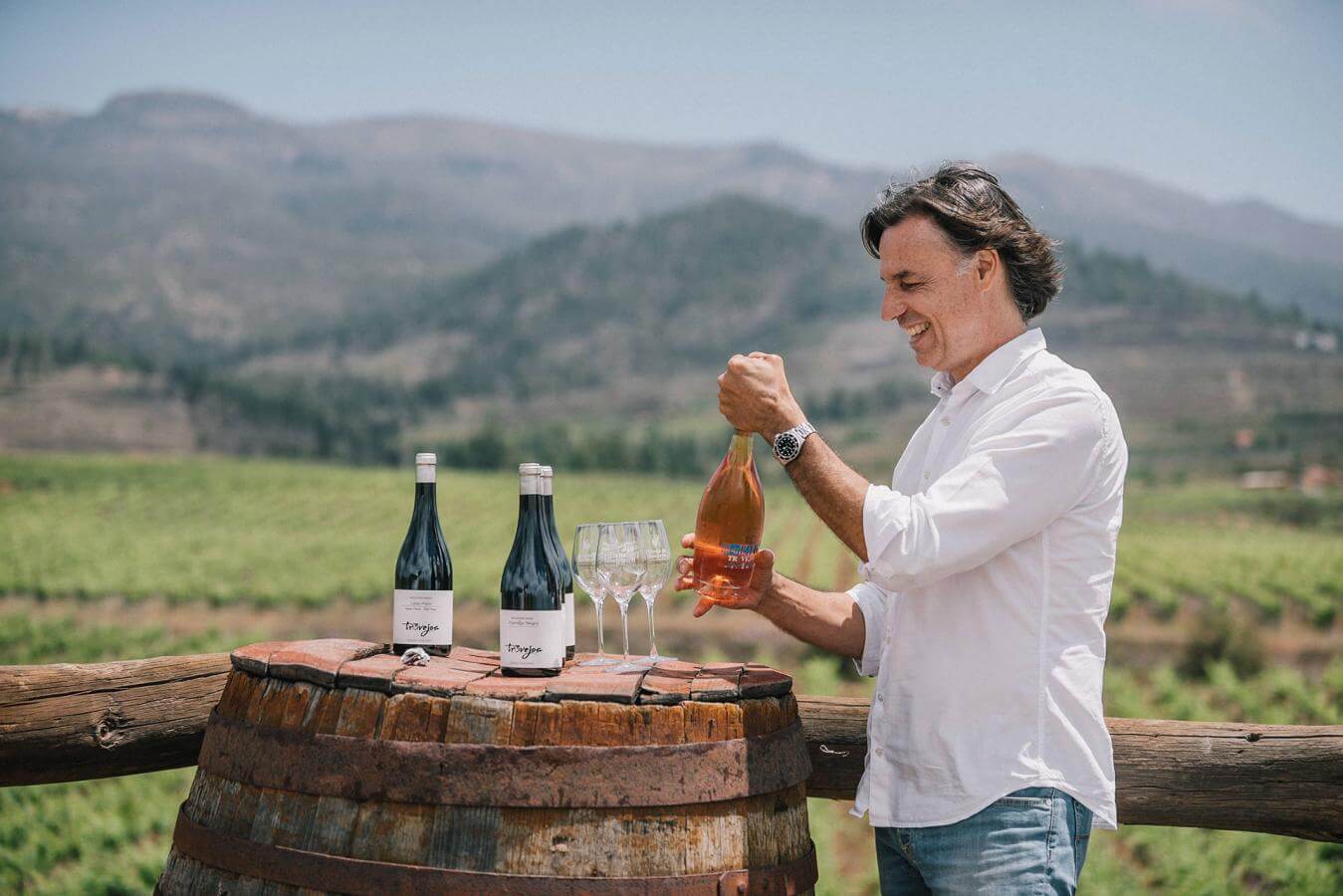
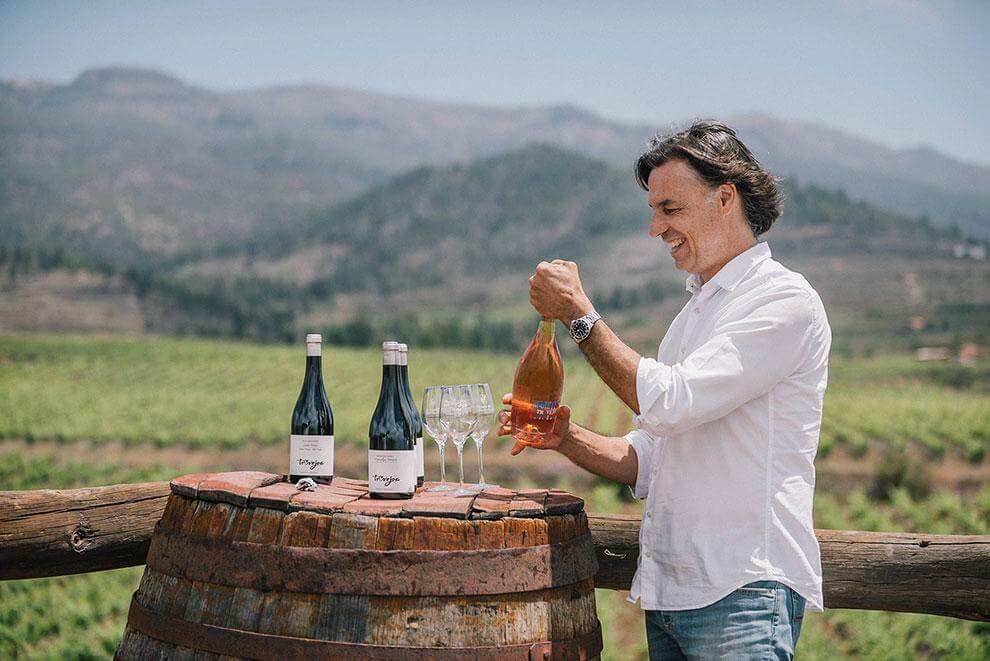
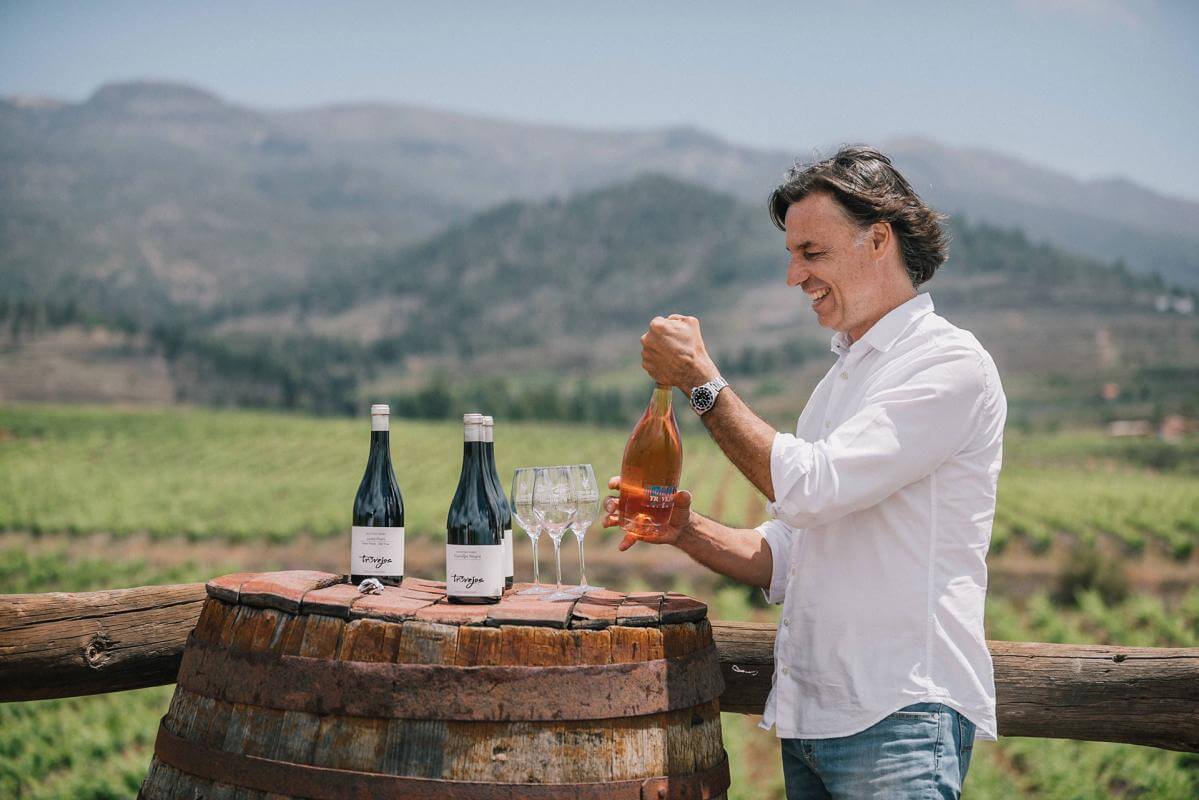
Fifteen years ago Enrique and another member of his family began to consider how to recover some cereal farms that had been abandoned on his family’s estate. The family already had a winery on which for a long time they had produced a large amount of wine. The idea arose, he explains, of a “project based on three principles: land, distribution and technical acumen”. Josep María Pujol, an expert winemaker, was on hand to answer questions of a technical nature.
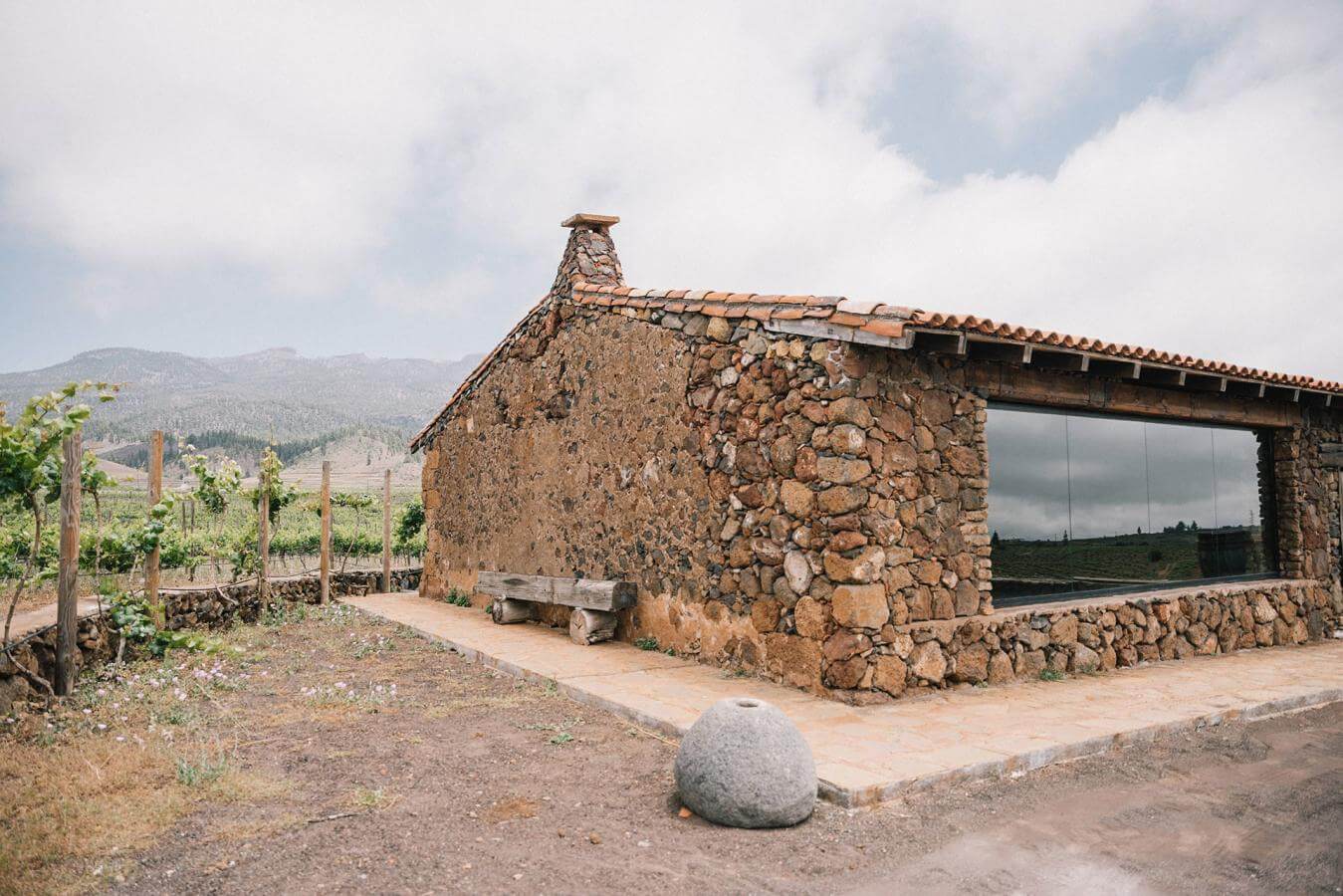
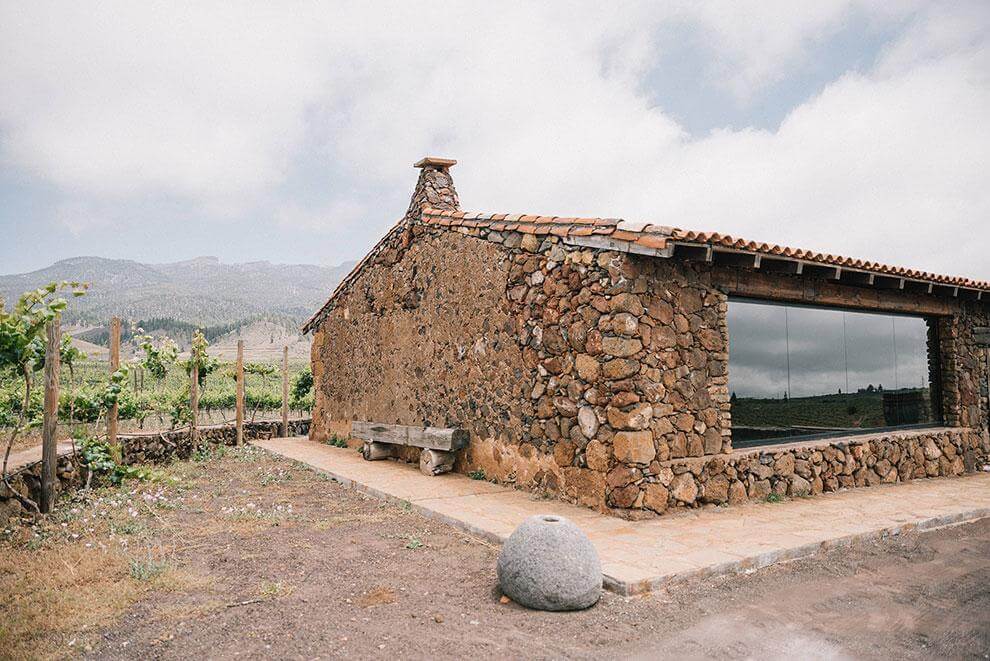
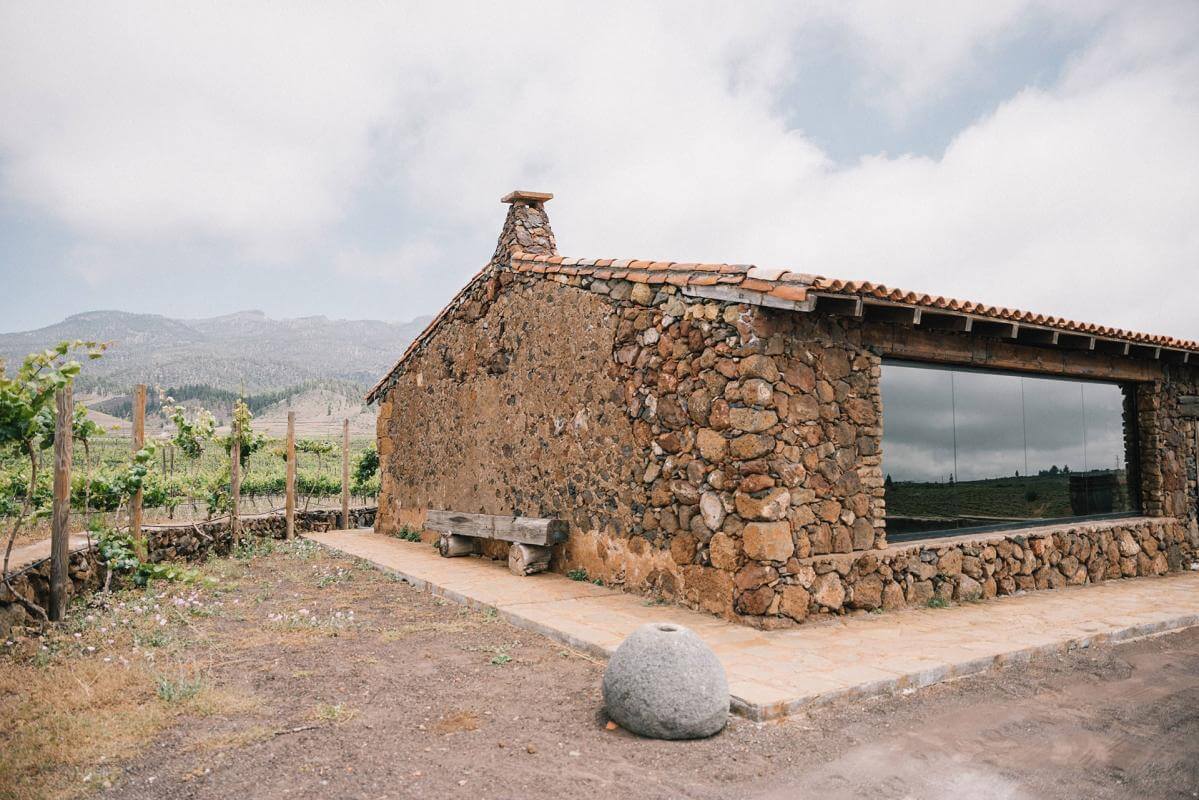
That is how A3 emerged. It is now a seed idea, an example, one of the most interesting winemaking projects in the Canary Islands. It “turns a passion for telling the truth through wine into an identity”.
Enrique Alfonso says of the world of wine in general: "you have to tell the truth. You have to tell the story behind each project”. In this case, the story – the history of the project – centres on the idea of rediscovering the idea of a wine parcel. In Altos de Trevejos, at the foot of Mount Teide, a wine parcel carries with it an idea of identity rarely present in the world.
“The Andes” of the Canary Islands
The Canary Island winery Altos de Trevejos produces what is known as Mountain Wine, a historic title that was given to wines from the Canary Islands and Malaga that were exported to the United States.
Enrique Alfonso says: "the title of Mountain Wine has been recovered to add a historical dimension to the Islands and add value to Tenerife wines both of the past and future".
As a sample of what this winery can do, some small editions have been produced: baboso negro, vijariego negro, listán blanco and malvasía.
The Mountain Wines area of cultivation area is located on the southern slope of Mount Teide. They are pre-phylloxera vines cultivated at more than 1,300 metres above sea level. In Altos de Trevejos, Enrique Alfonso says, "the altitude makes the difference. We are in the Andes of the Canary Islands".
The climate in this area of the island is dry and cold. The thermal jump between day and night is important, as is the unique light intensity that these vines receive which acts as a natural antiseptic, a great ally for ecological viticulture.
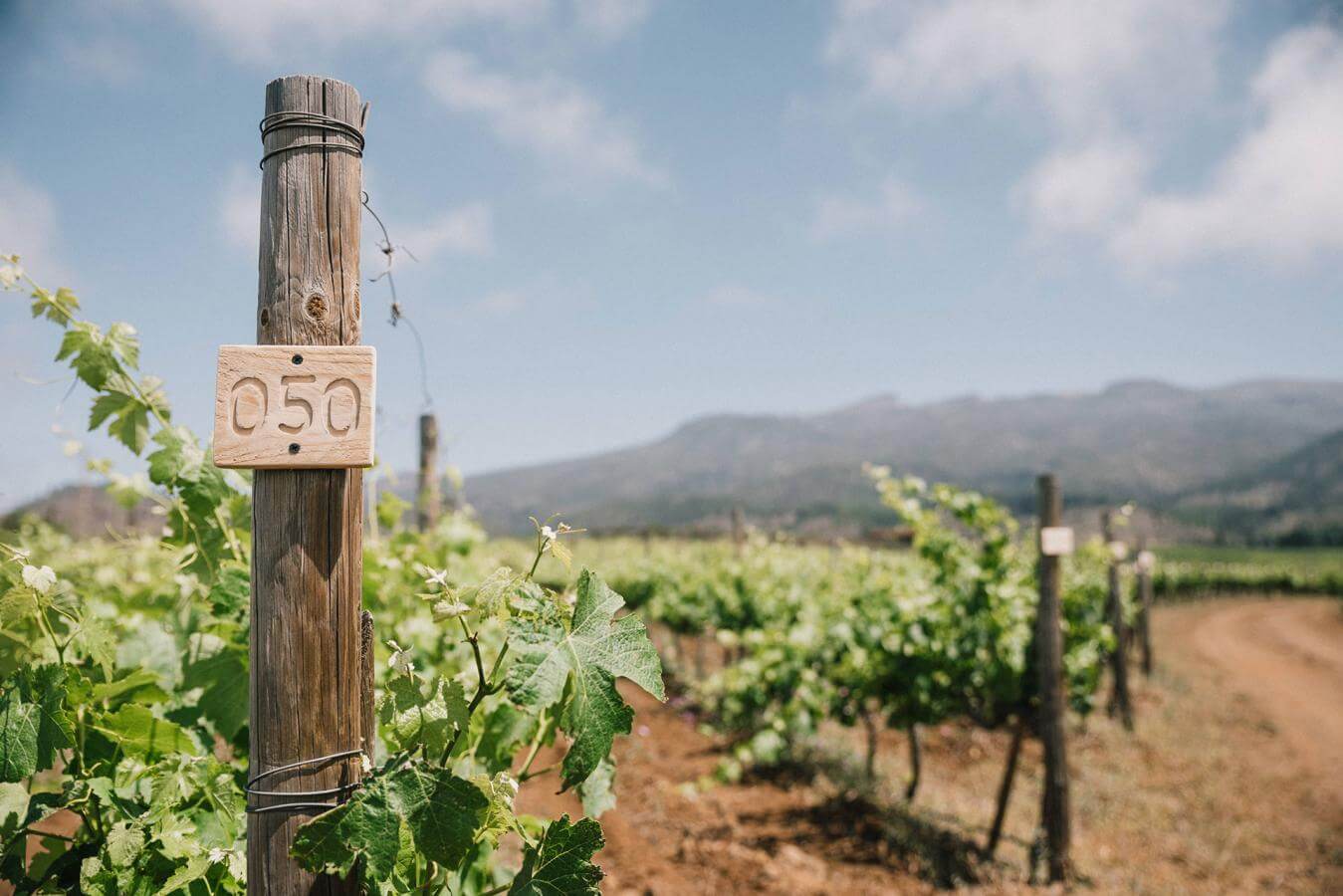
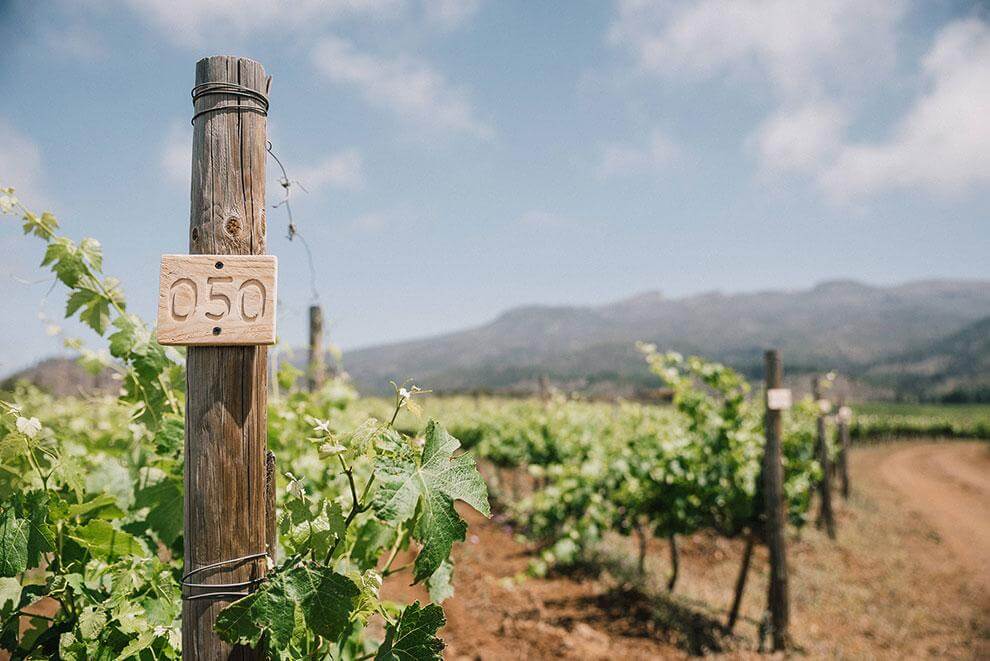
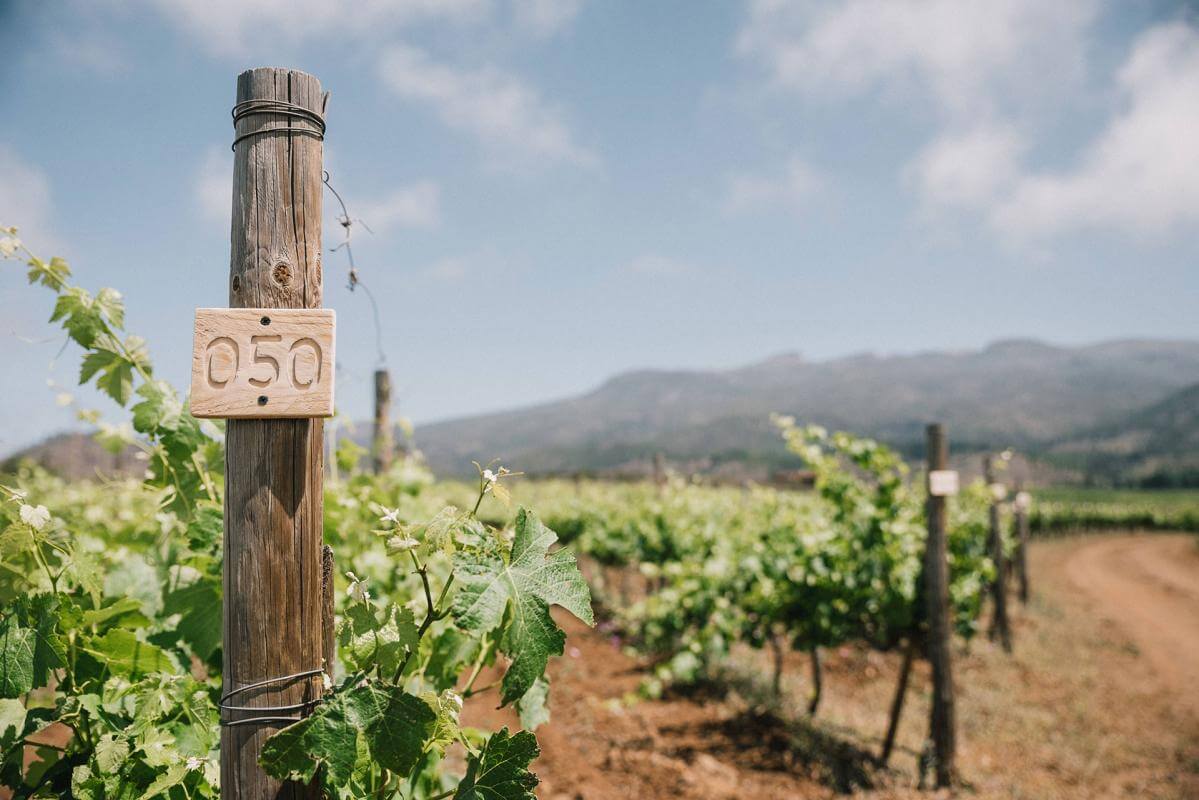
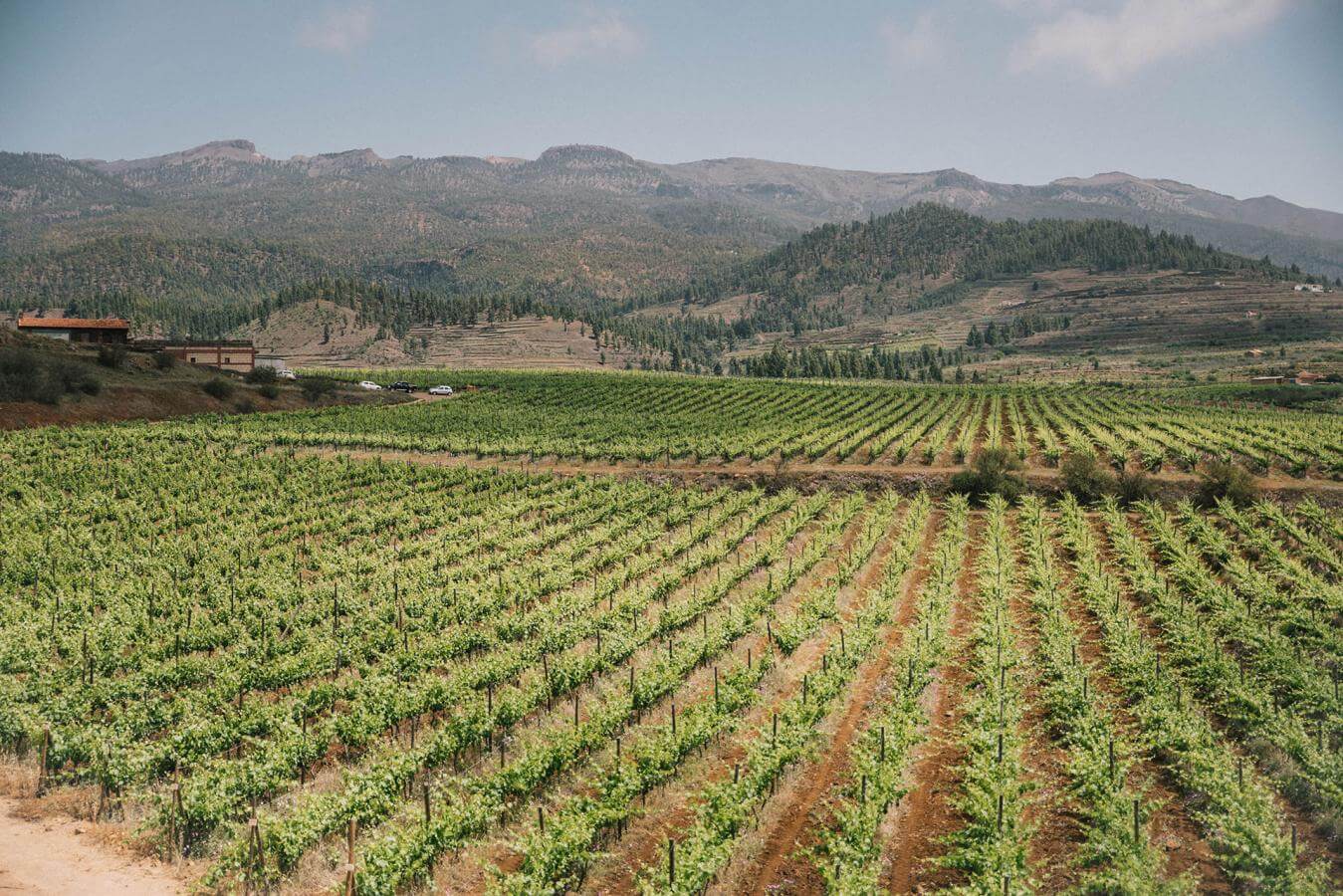
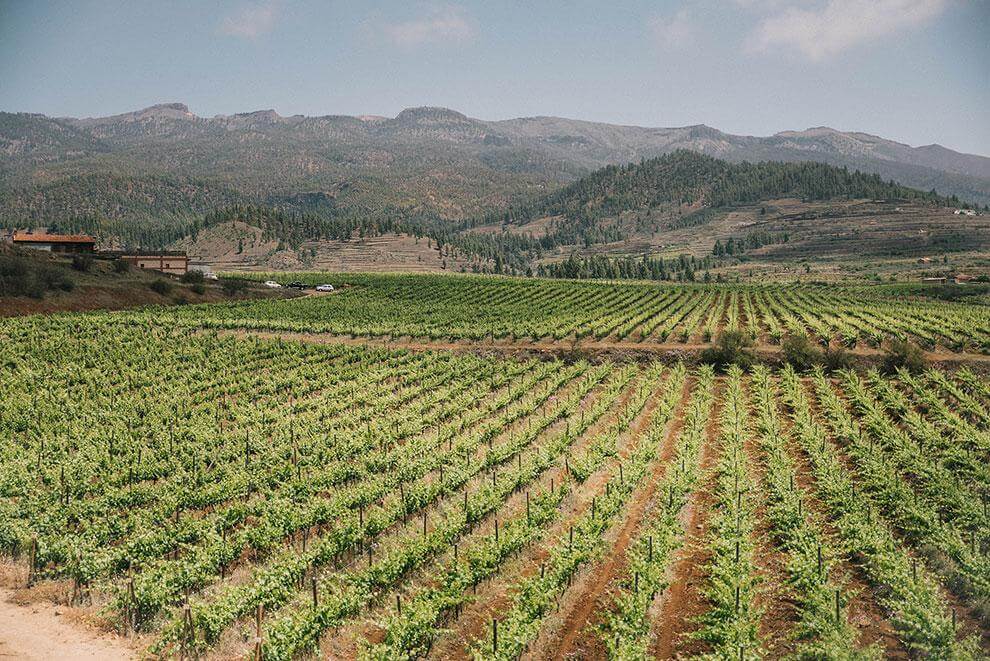
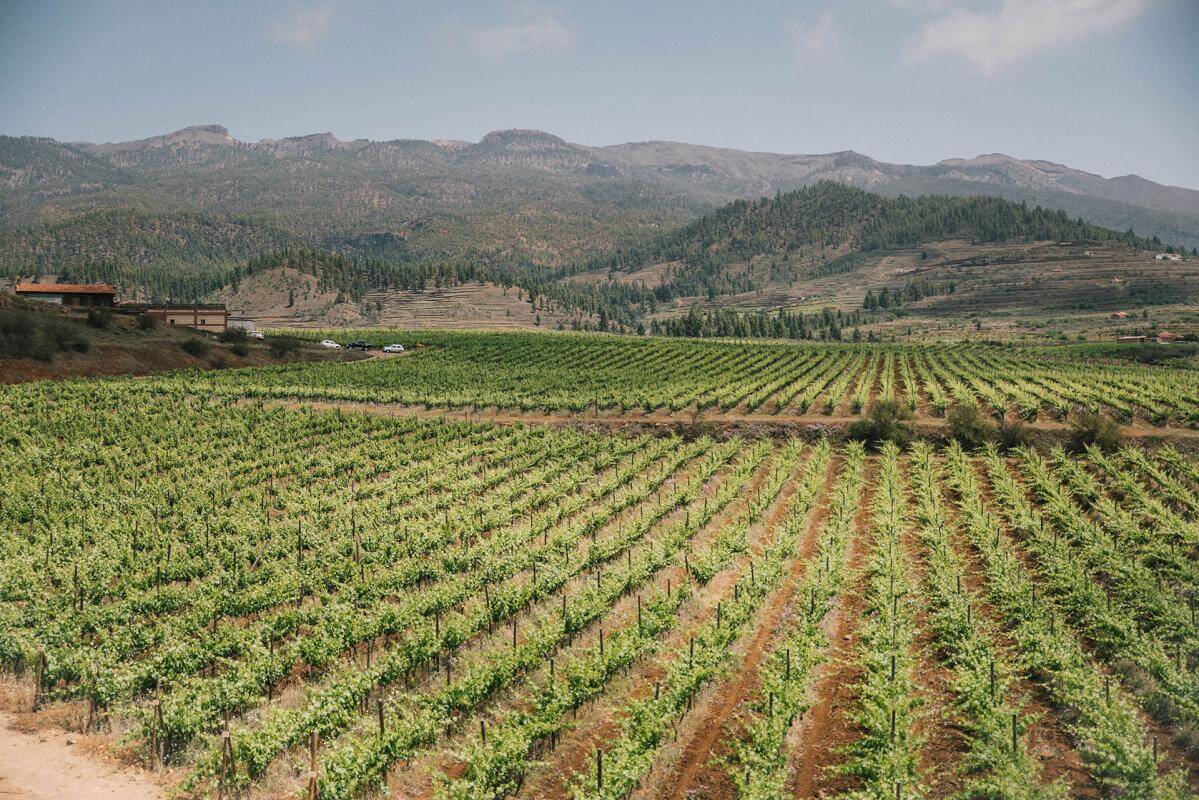
The conditions of cultivation on the slopes of the mountain make mechanization impossible. In Altos de Trevejos all the work is manual which makes the viticulture a heroic task uncommon in the rest of the world. The centuries-old vines sink their roots in the first metre of soil which in this part of the Canary Islands is free clay. Deeper down, the roots reach the volcanic layer from which they obtain minerals.
The difficulty for agriculture in Altos de Trevejos becomes an "ally when winemaking commitment comes into play," says Enrique Alfonso. Mountain Wines are "authentic high altitude wines with a lot of character. The climatic conditions of the area help the produce to maintain freshness," he adds.
Altos de Trevejos currently consists of 24 hectares. It combines trellis training with some 16 hectares of dry-farmed vines. At the greatest altitude, in the Jama area, Vilaflor (the municipality with the highest elevation in Spain), the hundred-year-old vines are intermingled with pine forest.
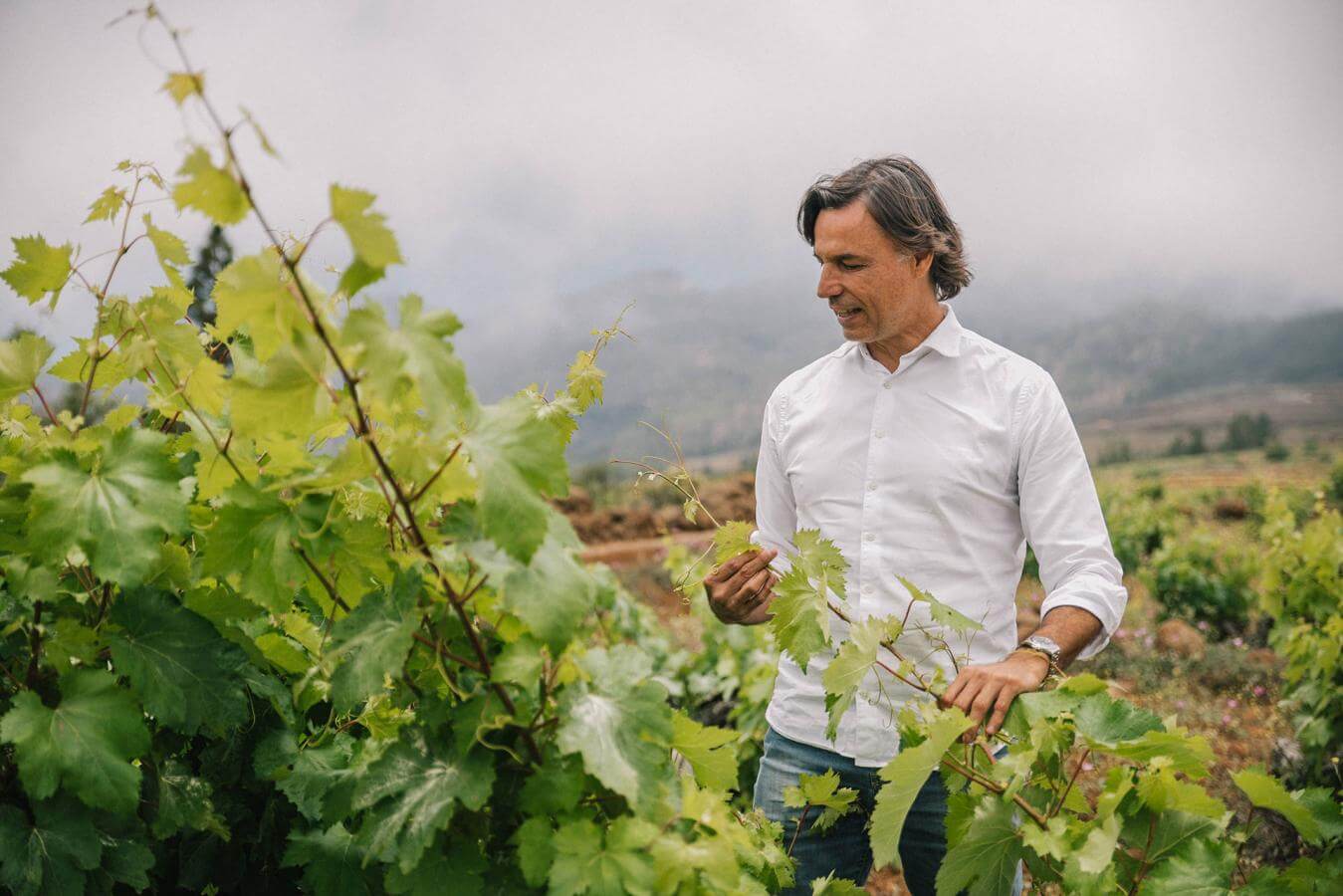
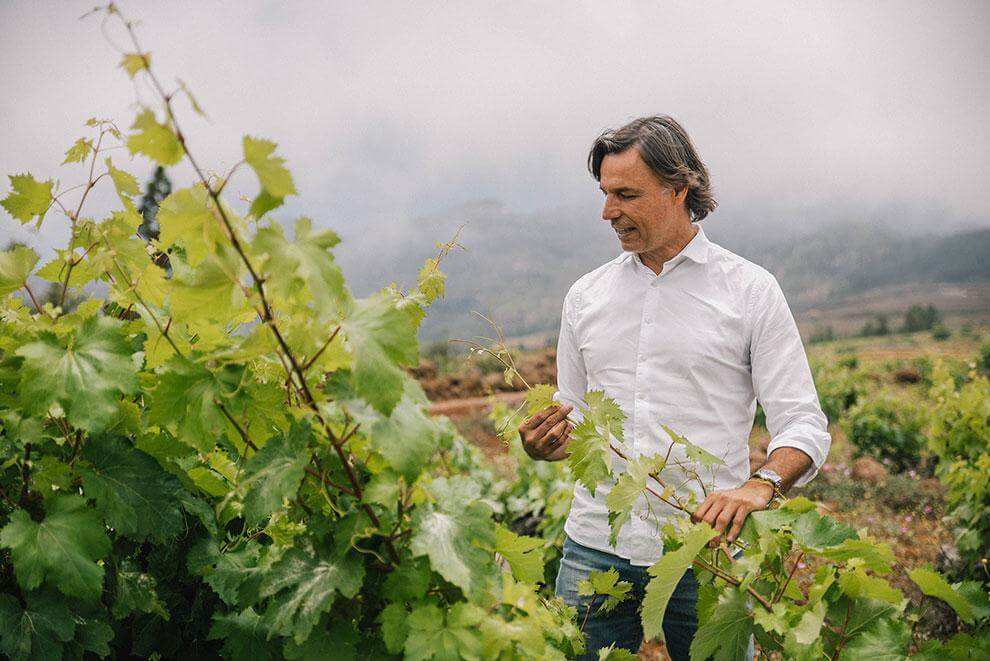
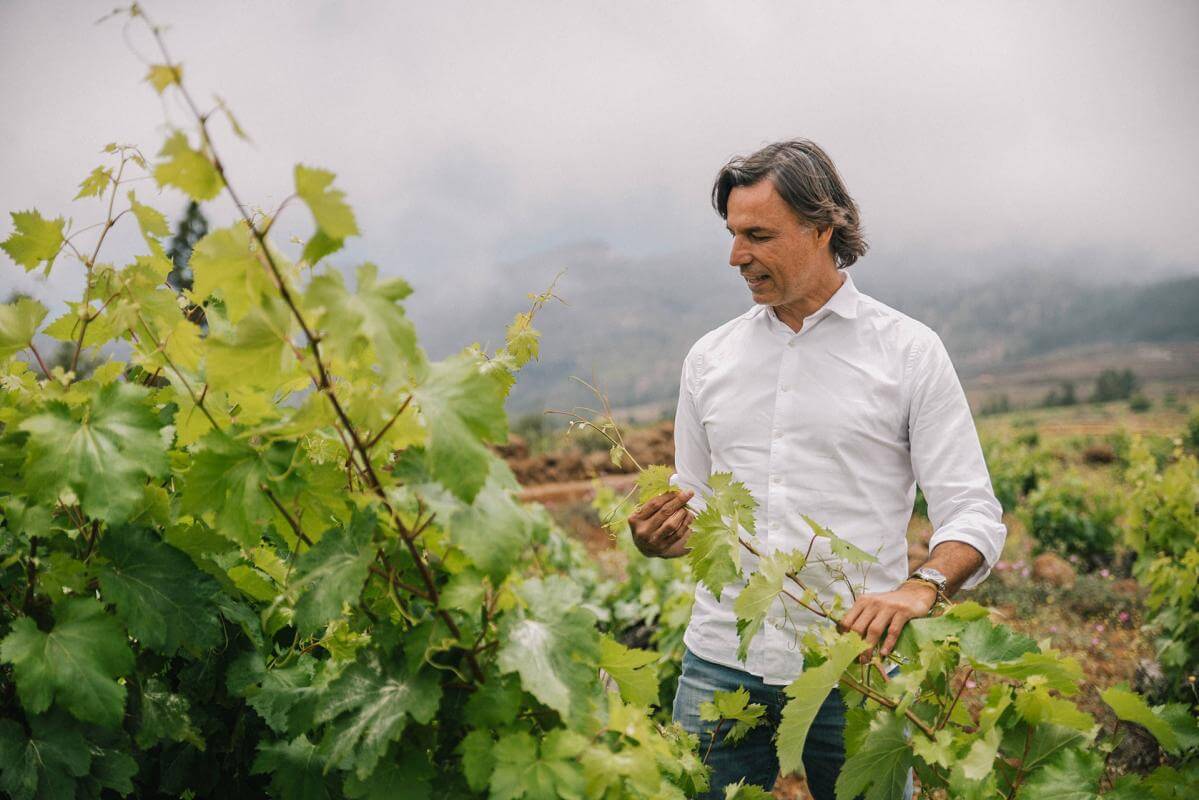
The Mountain Wines are “authentic high altitude wines with a lot of character. The climatic conditions of the area help the produce to maintain freshness,” says Enrique Alfonso.
This interplay between the forest and agricultural land creates unique landscapes. There are risks however. A forest fire can cause great damage. The presence of this danger is visible in a gigantic hollowed out pine tree which remains as a testament to the fire which burned years before. Dyed black, it contrasts with all those other trees around it which have been able to regenerate themselves. This striking feature in an area of cultivation is used as a shelter by farmers.
A sparkling dark-coloured listán rosé overlooking the vineyard
The Altos de Trevejos vineyards is a great place to visit. There is a viewpoint neatly integrated into the environment to enjoy the panorama. It is the perfect setting to enjoy one of the jewels of this winery: the sparkling dark-coloured listán rosé.
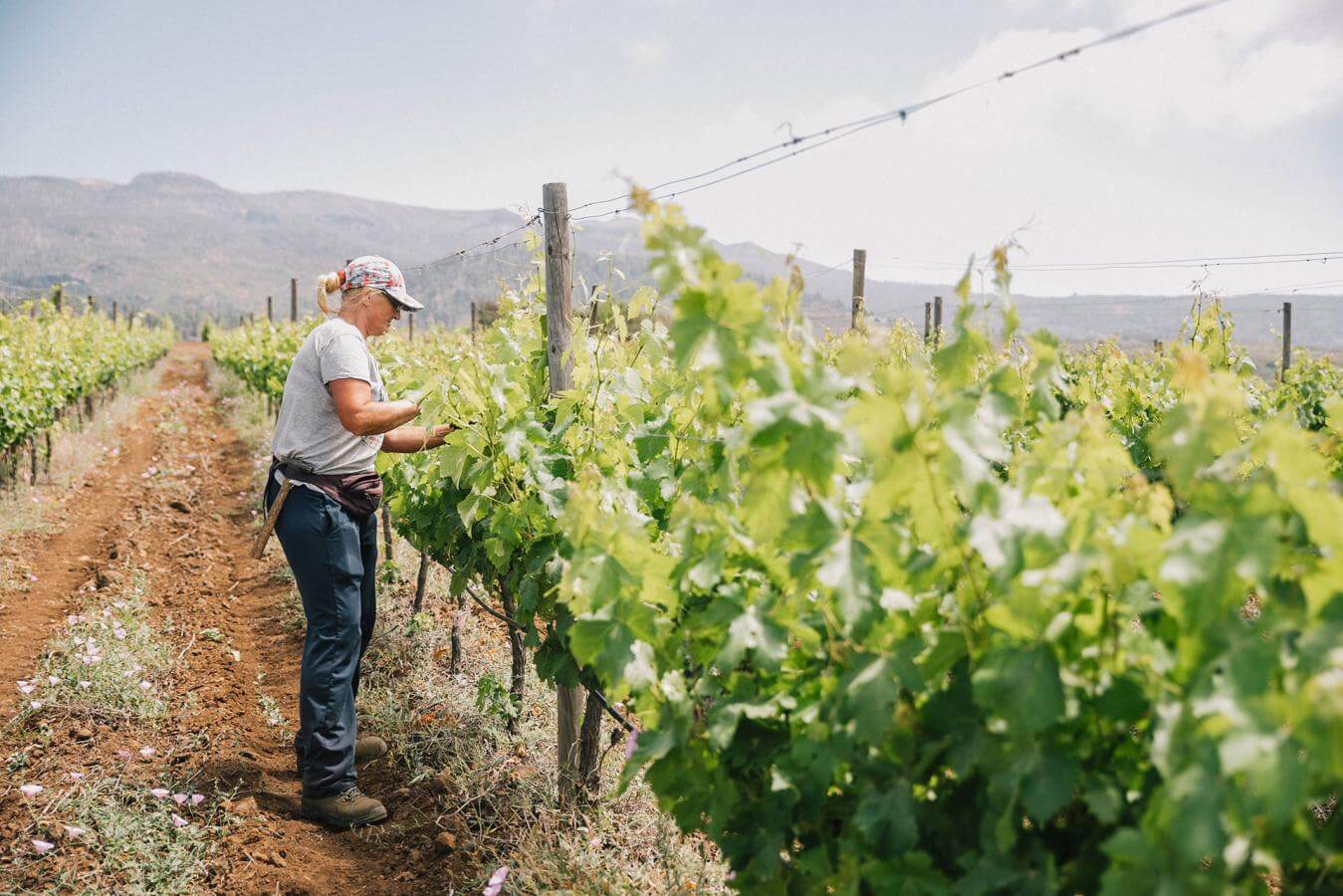
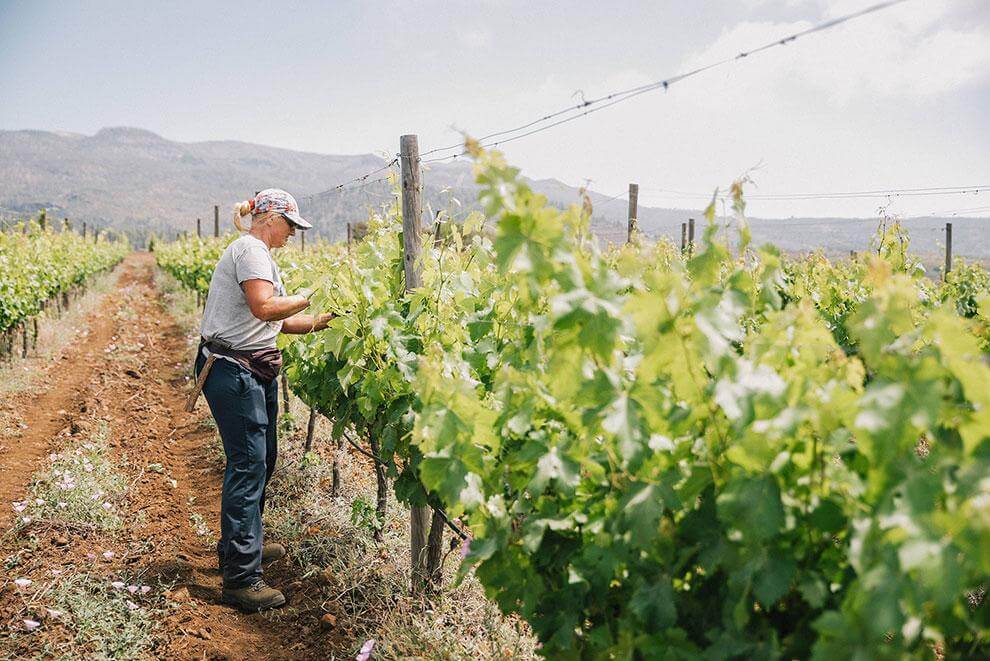
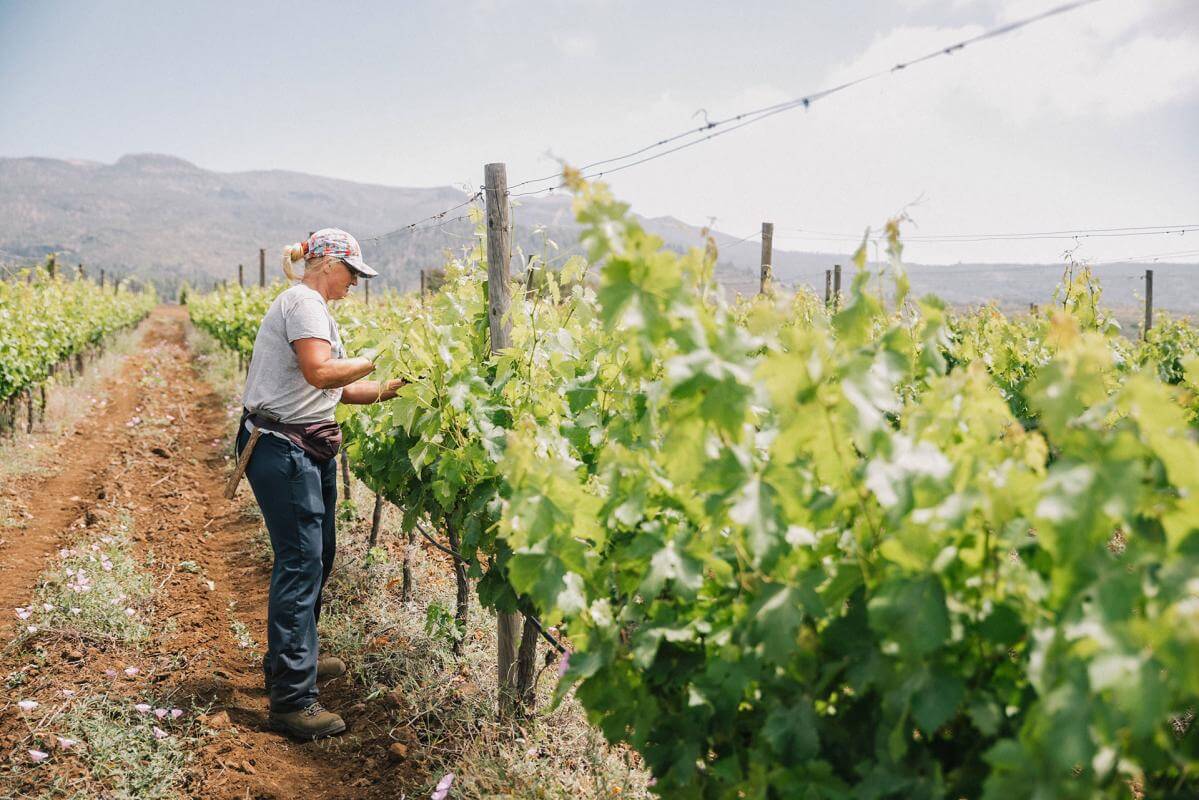
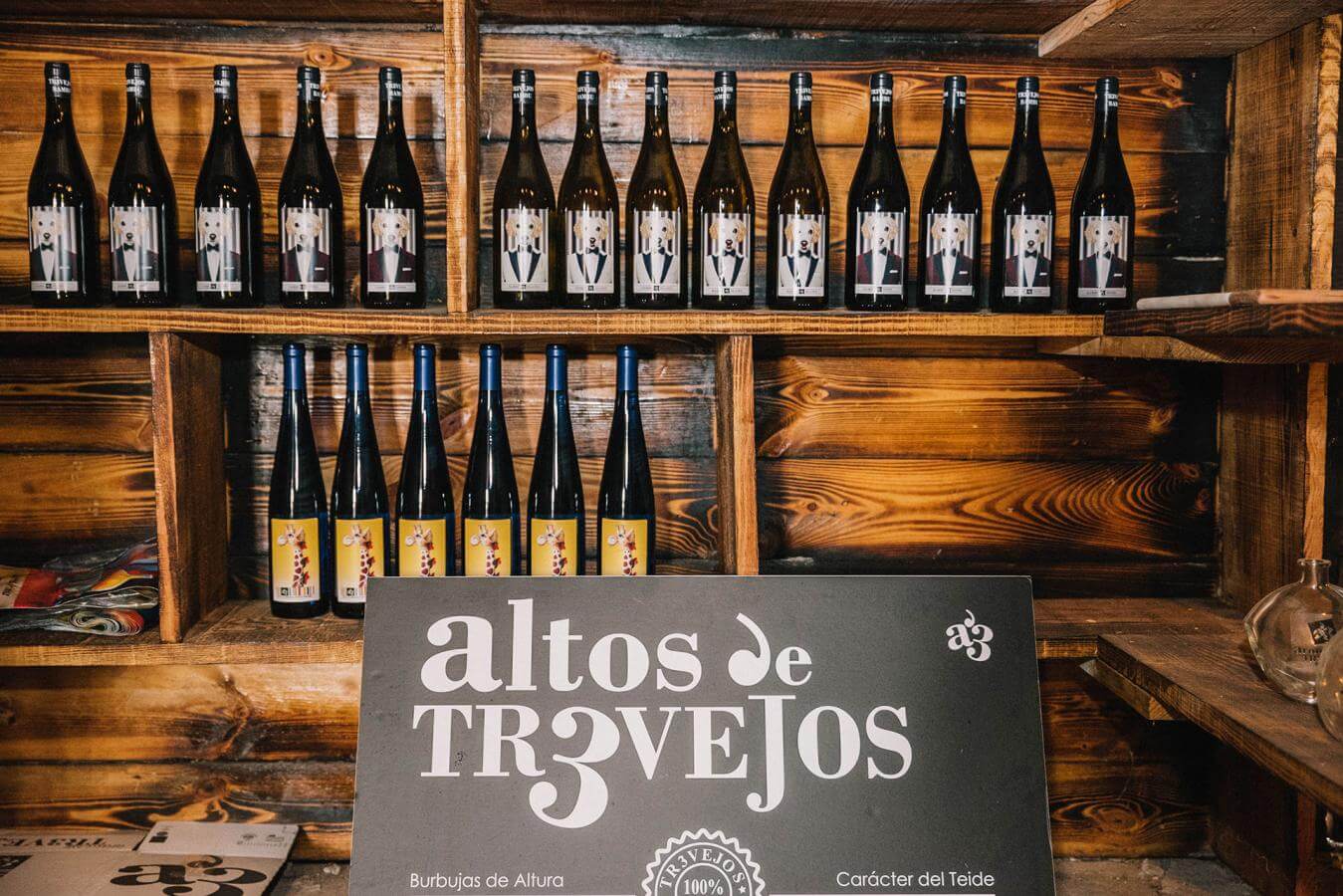
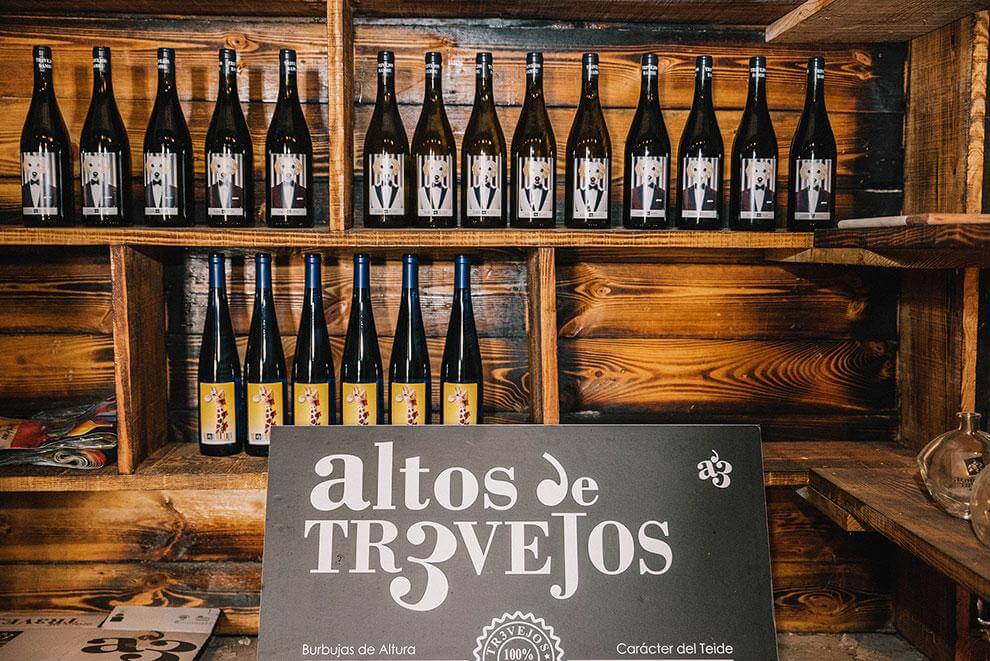
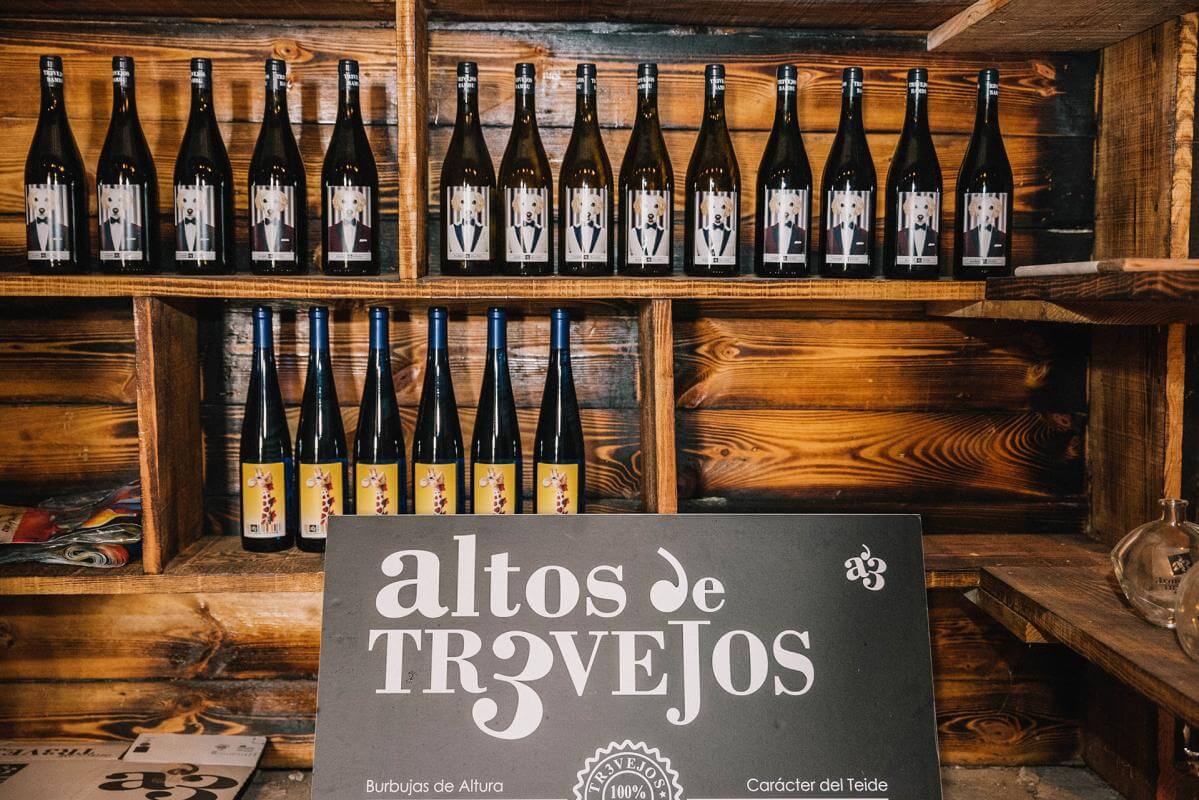
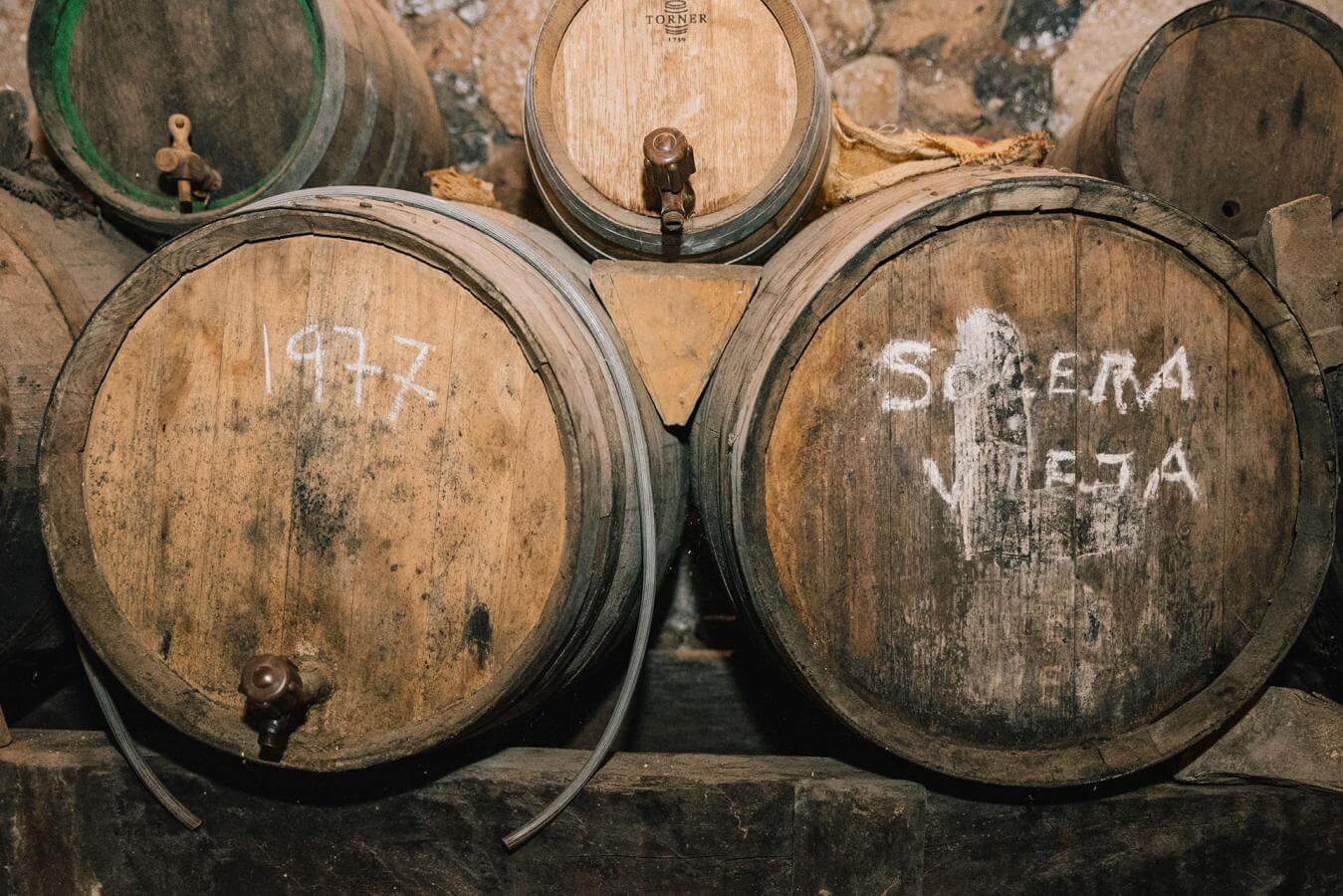
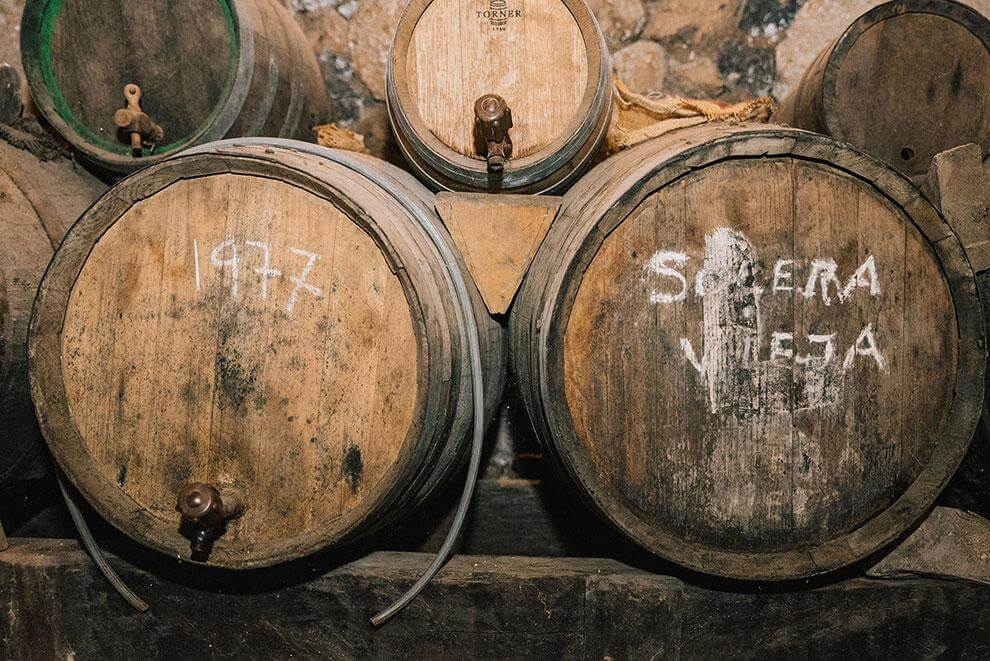
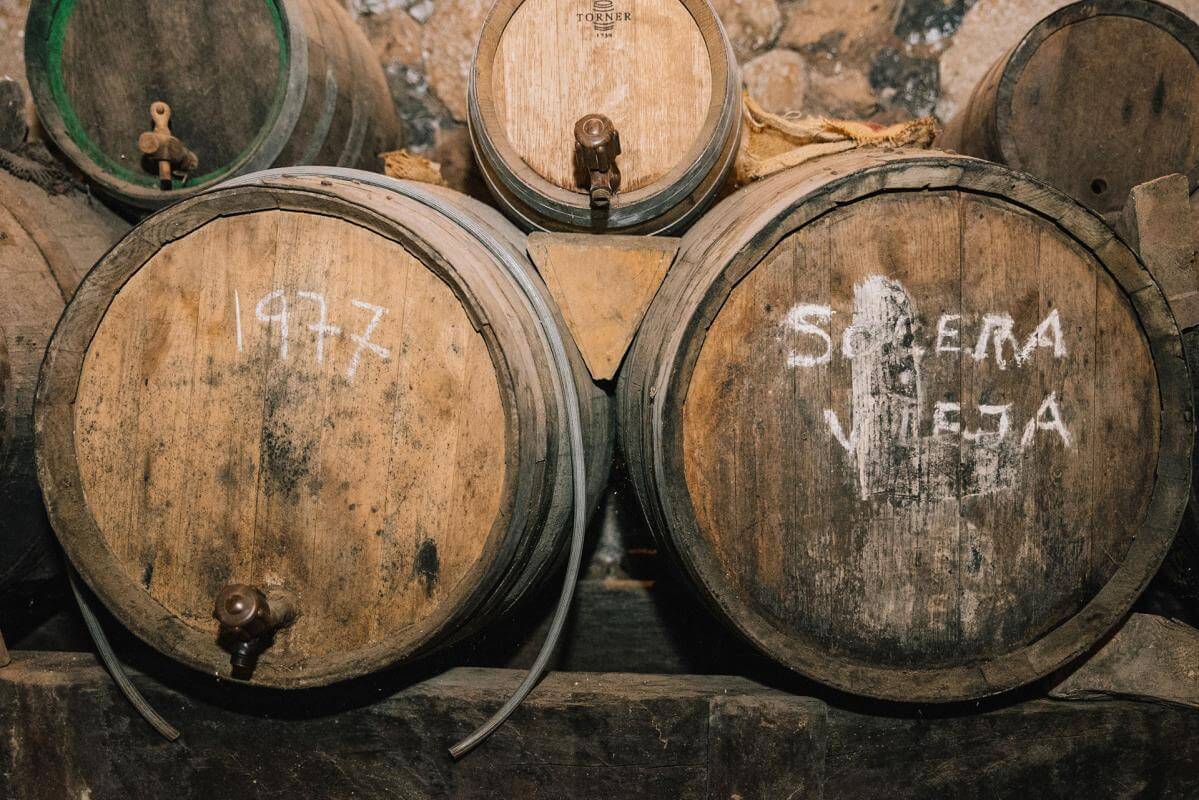
This Brut Nature uses the traditional champenoise method. There is an additional fermentation process; the wine is aged in the bottle for a minimum period of twelve months; and there is a dry disgorging which need not add sugars. We will rarely be so close to the sky thanks to the high-altitude bubbles and the unusual polished-copper colour that shines under the sun in this part of the Canary Islands.
The future: make the ecosystem grow
This man who is a pharmacist by profession has a restless passionate mind which is fixed on adding more life to the eco-system. Enrique Alfonso wants “to start planting almond and plum trees whose flowers will add to the landscape during the pruning season.” Furthermore, Enrique Alfonso is studying the possibility of cultivating olive trees (an area of agriculture which is producing interesting results in this part of the island).
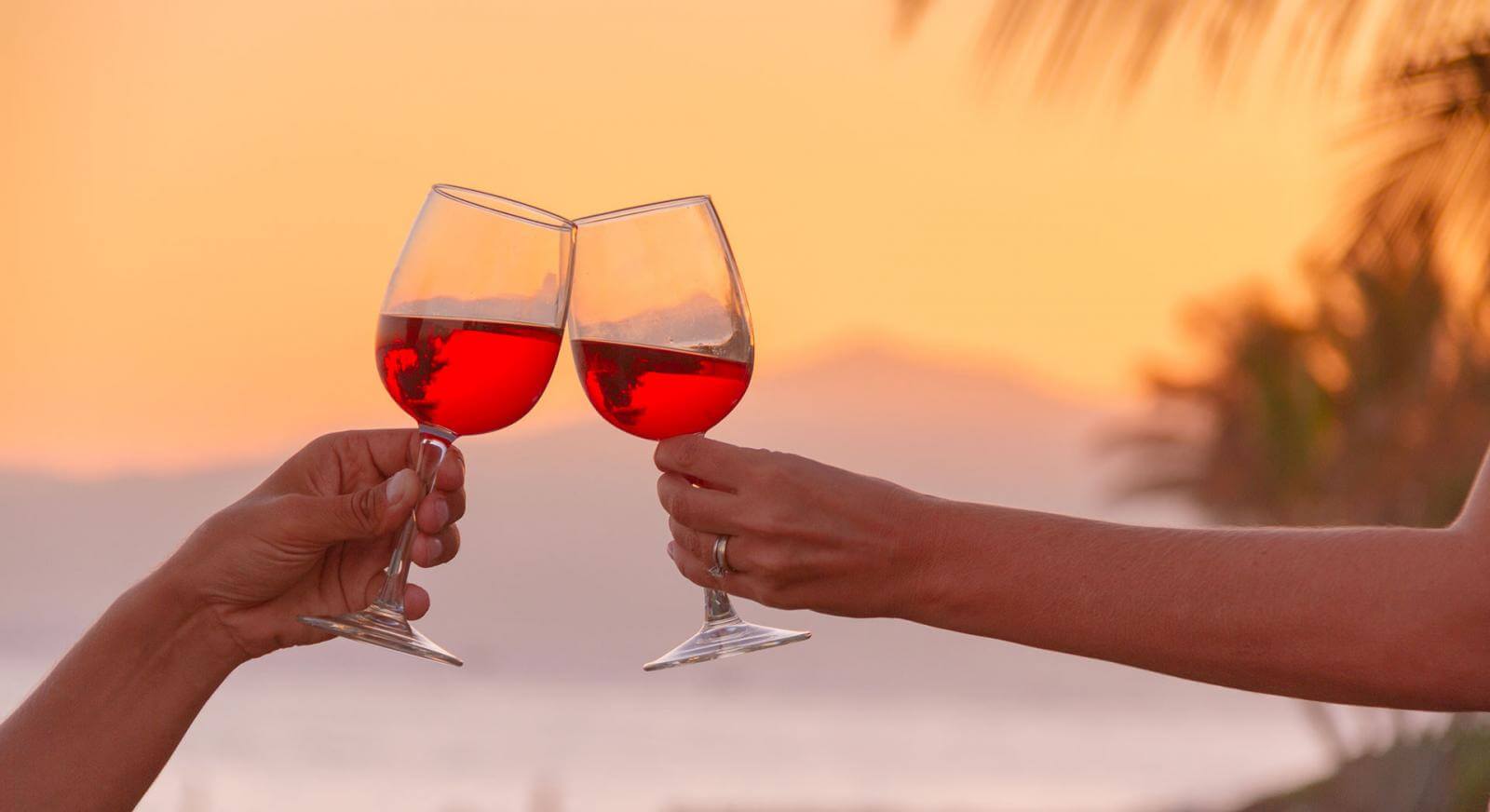
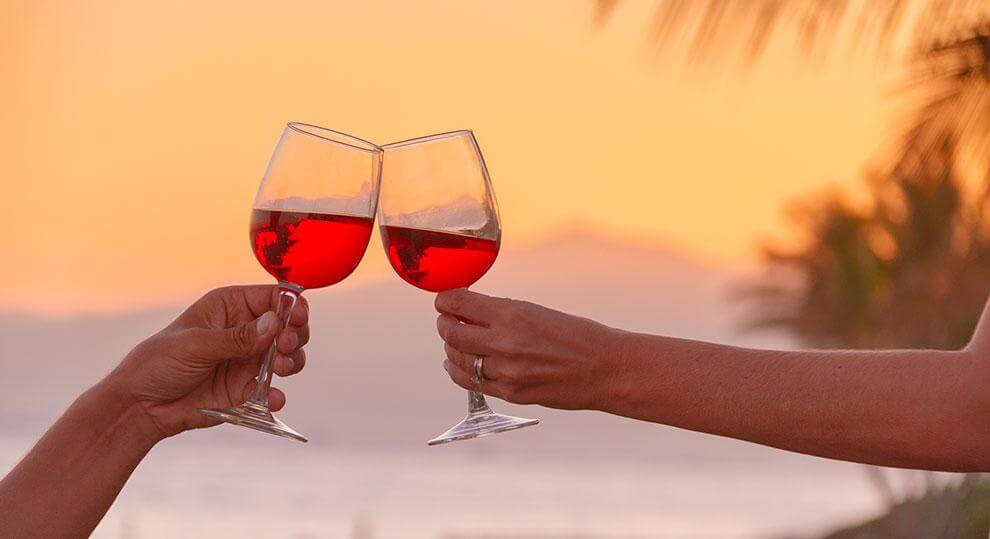
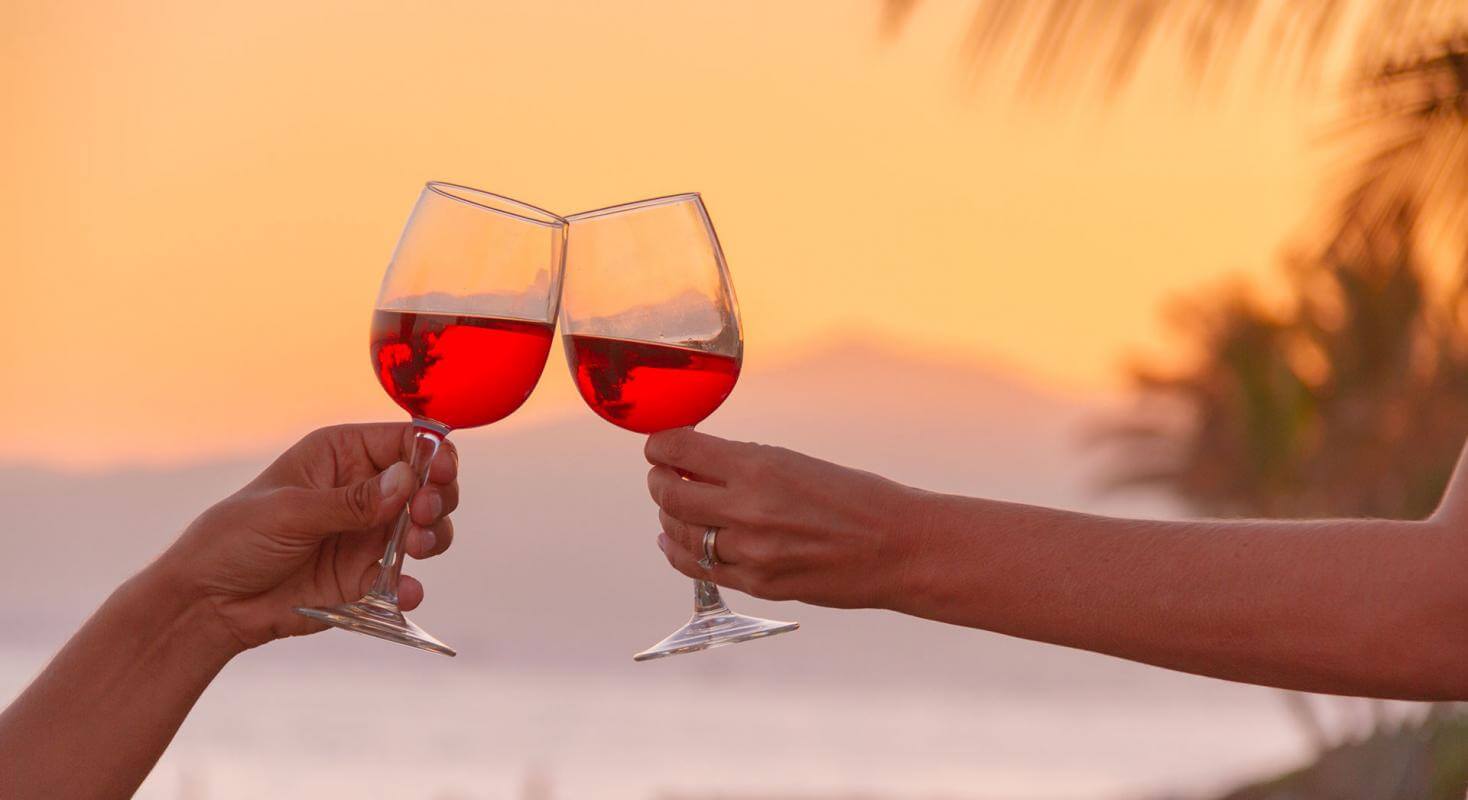
Current legislation leaves little room for expansion of visitor accommodation, although Enrique Alfonso is optimistic. “Things will happen,” he says. A glass of wine under the stars would be a great draw for many tourists.

